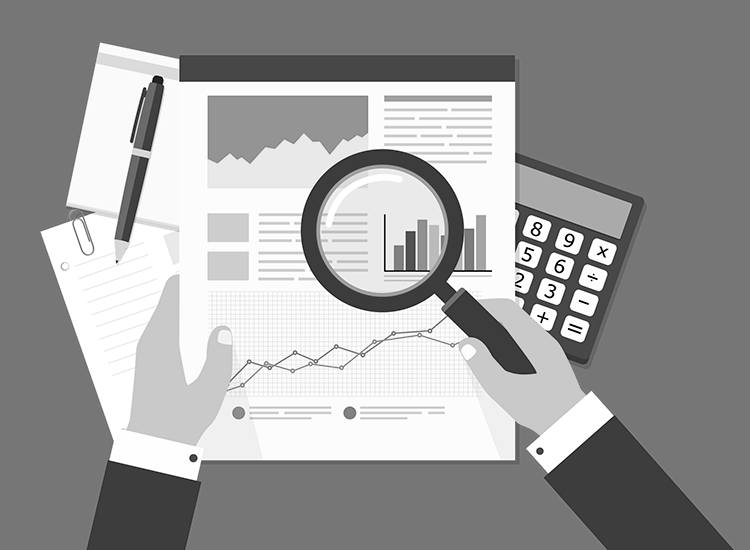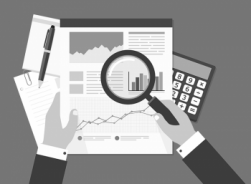
 We have come up with answers to some of the frequently asked questions below regarding the $1500 Wage subsidy for Australian employers. As more information is released, we shall keep updating this webpage.
We have come up with answers to some of the frequently asked questions below regarding the $1500 Wage subsidy for Australian employers. As more information is released, we shall keep updating this webpage.
This video presentation intends to explain what you can do as a business owner or as an employee to claim the wage subsidy payment announced yesterdayby the Prime Minister of Australia. I am a business accountant, a tax agent and a small business and property buyer’s advocate and my team and I look after many small businesses from different parts of Australia.
The parliament has not passed the legislation yetand so I am only relying on the announcements madethis far.
I believe that these measures along with the measures announced previously provide much needed relief for small businesses that hire Australian staff. However though temporary visa holders are left out and so are the employers who have such workers on their books. The payment being a flat rate for part-time as well as Full-time employees plays in favour of par-time employees. Employers will be wanting to provide more work to Australians than to temporary or non-resident workers given the incentives. Overall the scheme defeats expectations in a positive way but leaves out temporary workers.
Some Frequently asked questions below:
What can you get and who gets it?
Employers will receive a subsidy of $1500 per fortnight starting from the 30th of March for retaining an eligible employee for a maximum period of 6 months.The first payment will be received by employers from the ATO in the first week of May. A note: There are eligibility rules for both the employees as well as employers.
Who is an eligible employer?
An employer will be eligible, if the business’s turnover is below $1bn, has sustained a loss of turnover of at least 30% relative to a comparative period a year ago.
For employers turning over more than 1bn$, the loss of turnover should be 50% or more.
Any employer who is subject to a major bank levy, will not be eligible for the wage subsidy. For example: The Major banks.
The employer should have been in an employment relationship with the employees as at 1 March 2020 and must be able to confirm that the employee is currently engaged to receive the Job-keeper payments.
Not for Profits and Charities are eligible to apply for the subsidy too.
If you are a self-employed business (notindividuals) operating without employees be it under a sole trader, Company, partnership or a trust structure, you could still qualify for the subsidy if you meet the same eligibility criteria.
Who fits the description of an eligible employee?
Well, these would be,
- Employees currently employed.
- Employees Stood Down or re-hired.
- Employees who were employed by the employer as at 1 March 2020.
- Are full time, or part time permanent employees.
- Are Long term casual employees who would ideally be a casual employee for longer than 12 months as at 1 March 2020.
- Is an Australian Citizen, or a permanent resident.
- a protected or non-protected special category visa holder who has resided in Australia for 10 years or more.
- Someone who is a subclass 444 visa holder
- and an individualwho is not receiving a jobseeker from another employer.
- An employee should at least be 16 years of age.
How to receive the payments?
There is an application process, an analysis of your monthly turnover, a requirement to be on Single Touch Payroll and a requirement to make monthly submissions; this in addition to a few other requirements.
What should you do as an employee?
I would suggest you speak to your employer to enroll you into the wage subsidy payment scheme if you are eligible.
What if you are self-employed?
Based on the announcements, you may be eligible and hence should apply.
Who receives the payments?
The employer receives the payments for all eligibleemployees.





